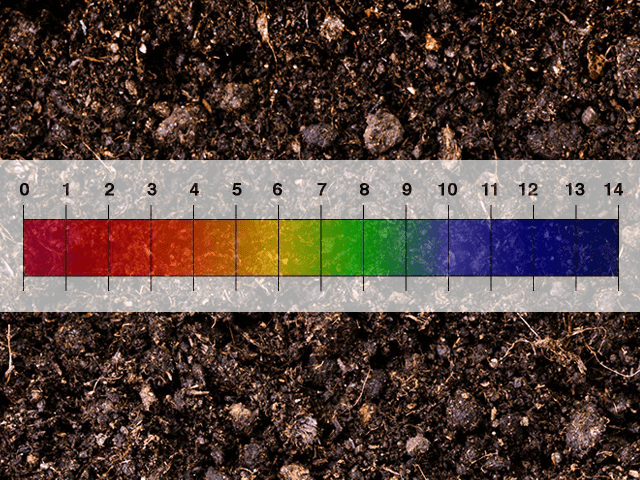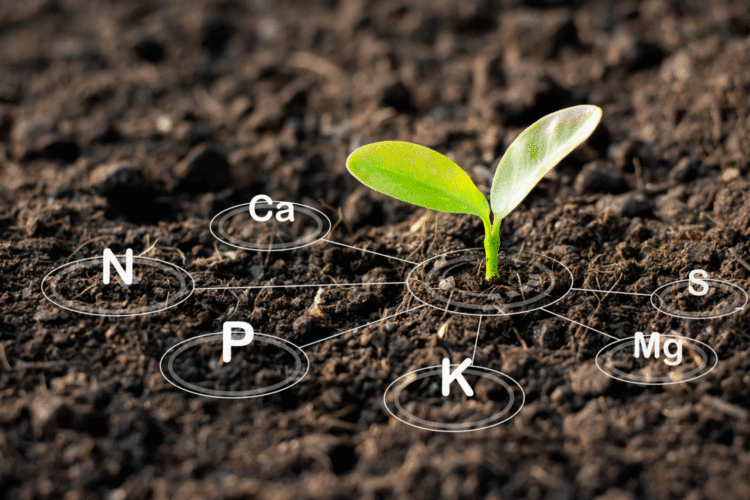A smallholder, small farmer or backyard vegetable gardener must understand the basics of soil health to produce a successful harvest. Soil consists of 45% minerals, 25% water, 25% air and 5% organic matter.
In terms of nutrients, plants need a balance of the big three, namely nitrogen (N), phosphorous (P) and potassium (K), as well as small amounts of magnesium, calcium and sulphur, and trace elements such as iron, boron, manganese, zinc, copper and molybdenum.
Nitrogen promotes vegetative growth, good flowers and plump seeds. It is especially important for leaf growth. Nitrogen is an essential constituent of proteins such as chlorophyll, enzymes and hormones. It has a predominant role among the soil nutrients and is needed in substantial amounts, but is also the most likely to be deficient. Deficiency limits crop growth and yield. Nitrogen is most stable when in humus and microbial bodies. Increased active organic matter increases available nitrogen. However, an excess of nitrogen can produce an imbalance in plant metabolism resulting in poor plant quality and susceptibility to pests and disease, increased water absorption by crop, reduced flavour and keeping quality. The best methods to increase nitrogen levels are legume cover crops, compost and protein nitrogen sources.
Phosphorous promotes the production of flowers and fruits. It is also important in root development. It helps change solar energy to into chemical energy, effects rapid growth, and helps with blooming. It also helps form oils, sugars, and starches.
Potassium is a regulator of metabolic activities and is necessary for general plant vigour and disease resistance. It is essential for photosynthesis and protein synthesis as well as carbohydrate transport and storage. It promotes root reserves, winter hardiness, cell development, strong walls and reduces stalk lodging. Potassium improves water use efficiency, increases yield, improves crop quality and reduces incidence of disease.
Most soils have less than 1% of the potassium available due to insufficient microbial activity and organic matter content.
pH Levels
Another important aspect of soil is its pH or the acidity/alkalinity of the soil. The measurement of acidity or alkalinity is done according to a 14-point pH reading, where 14 is deeply alkaline, 1 extremely acidic and 7 neutral. Thus, soils that register between 7 and 1 are progressively acid, while those between 7 and 14 are progressively alkaline.
pH refers to the hydrogen ion concentration. As the amount of hydrogen ions in the soil increases, the soil pH decreases, thus becoming more acidic.
Vegetables and other plants grow best when the soil pH is optimal for the plants being grown. It is important to match a plant to the soil pH or to adjust the soil pH to a plant’s needs. Most plants grow within the pH range of 4.5 to 8.0.

The pH level affects the solubility of the minerals or nutrients in the soil. Before a nutrient can be used by plants it must be dissolved in the soil solution. Most minerals and nutrients are more soluble or available in acid soils than in neutral or slightly alkaline soils.
The soil pH can also influence plant growth by its effect on activity of beneficial microorganisms, such as bacteria. Some bacteria are needed to break down soil organic matter. However decomposers are hindered in strong acid soils. This prevents organic matter from decomposing, which prevents the release of the nitrogen in that matter.
This is part one in a five part series on Soil Health.
Part Two: Simple Home Tests for Your Soil
Part Three: Taking Samples for Soil Testing
Part Four: The Soil Food Web: A world under our feet
Part Five: Use manure for a good harvest
To subscribe to receive content such as this straight to your inbox, click here.


Looking for soil testing Lab in Bapsfontein, Gauteng
I am so thankful about the information I got from this article concerning the danger of the un composted animal manure, especially the horse dung. I certainly would love to continue receiving similar information not only on soil sciences but even on other matters.